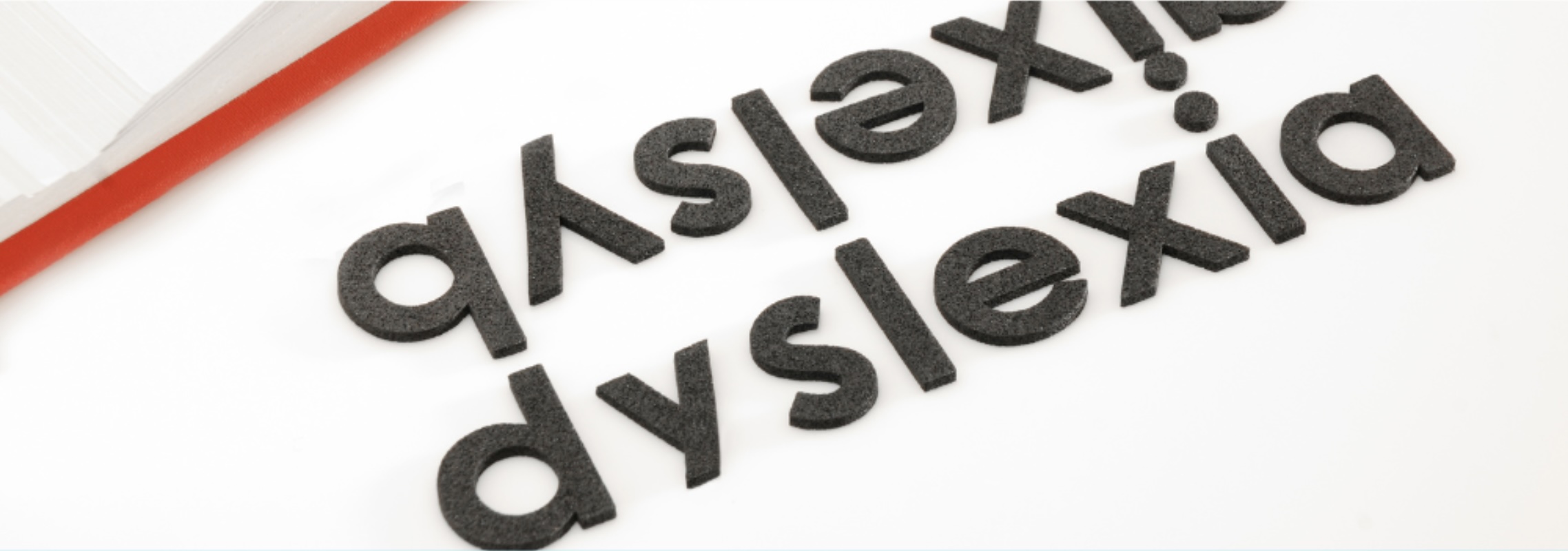
Breaking Down Barriers for Dyslexic Learners
October is Dyslexia Awareness Month, a time to highlight the challenges faced by individuals with dyslexia and celebrate the innovative solutions transforming their learning experiences. At Aventido, we’re committed to empowering dyslexic learners through cutting-edge assistive technology. In this post, we explore how ReadSpeaker TextAid, ScanMarker, and Lightkey are making a significant difference in breaking down barriers for dyslexic learners.
Understanding the Challenges
In the UK, it’s estimated that up to 1 in every 10 people in the UK has some degree of dyslexia, presenting challenges in reading, writing, and processing information. Traditional learning methods often fall short in addressing these unique needs, potentially leading to frustration and decreased confidence among dyslexic learners.
How can Assistive Technology help?
Assistive technology can have a significant impact in supporting individuals with dyslexia. These tools can significantly enhance reading comprehension, writing accuracy, and overall literacy skills. Within our product portfolio, we have several stand-out solutions to support dyslexic learners; ReadSpeaker TextAid, Scanmarker, and Lightkey.
ReadSpeaker TextAid
ReadSpeaker TextAid is a transformative tool for dyslexic learners. This powerful text-to-speech solution converts written text into spoken words, allowing students to listen to content rather than struggle with reading it. By engaging both auditory and visual senses, learners can better understand and retain information. Students can work at their own pace without constant support, increasing their independence. The tool’s customizable features, such as adjustable reading speed and highlighting options, cater to individual needs, making it a versatile solution for diverse learning styles.
ScanMarker
ScanMarker is an innovative digital highlighter that connects the physical world of text to digital learning environments. For dyslexic learners, this tool offers the ability to quickly digitize printed text from books, handouts, or notes into an editable digital format. It provides immediate access to definitions and translations, enhancing vocabulary and understanding on the go. ScanMarker’s seamless integration with other assistive technologies allows for a comprehensive learning experience, bridging the gap between traditional and digital learning materials.
Lightkey
Lightkey is an advanced AI-powered writing tool that offers predictive text and autocorrect features, making writing easier and more efficient for dyslexic learners. By predicting words and phrases, Lightkey helps learners focus on content rather than spelling and grammar, reducing cognitive load. The tool increases writing speed as suggestions appear while typing, and its contextual understanding improves over time, learning from the user’s writing style to offer increasingly accurate predictions.
The Impact of Assistive Technology on Dyslexic Learners
Implementing assistive technology solutions in educational settings has shown remarkable results. Students report increased confidence in their abilities and greater independence in their learning. Academic performance often improves as learners have better access to information and can express their ideas more effectively. These tools also enhance engagement, as students are more likely to participate actively when they have the right support. Moreover, familiarity with assistive technology prepares students for future success in higher education and the workplace.
Conclusion: A Future of Inclusive Learning
As we continue to raise awareness about dyslexia, it’s essential to recognise the transformative power of assistive technology. Tools like ReadSpeaker TextAid, ScanMarker, and Lightkey are not just aids – they’re gateways to equal opportunities in education and beyond, ensuring that every dyslexic individual has the opportunity to reach their full potential.
If you’d like to learn more about how assistive technology can aid dyslexic learners, contact a member of our team.